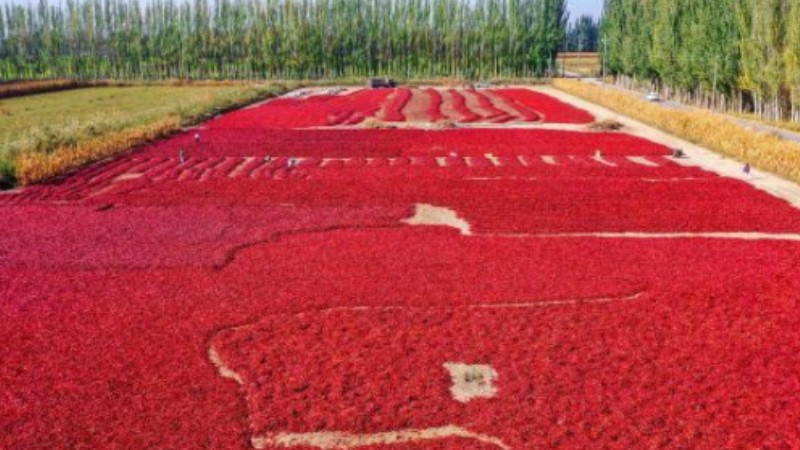Ecological guardianship helps increase population of world's rarest primate
HAIKOU, Oct. 23 (Xinhua) -- Li Wenyong is typically very quiet, but his reserved demeanor disappears when he talks about his greatest passion -- Hainan gibbons.
"The gibbon infant in this photo, being held tight by its mother, was less than 10 days old. This five-month-old one has dark grey hair and could already grasp branches," the 53-year-old enthusiastically narrated as he swiped through his cellphone photo album.
Li is a forest ranger at Hainan Tropical Rainforest National Park on the south China island province. He lives in Miao Village of Qingsong Township, which is under the jurisdiction of Baisha Li Autonomous County, and the nearest village to the park's Bawangling area. This is the heart of Hainan gibbon country.
In addition to patrolling the mountains, he is also responsible for monitoring the gibbons. Every day at the break of dawn, Li prepares some water and food and embarks into the mountains. Using the sounds and calls made by the forest's Hainan gibbon residents, Li observes the species; scribbling notes and snapping pictures.
The black-crested apes can only be found in Hainan, and as they rarely set foot on the ground, only in rainforest trees over 10 meters high.
As the world's rarest primate, Hainan gibbons are currently classed as critically endangered by the International Union for Conservation of Nature.
In the 1950s, the Hainan gibbon population stood at over 2,000. However, their numbers took a dramatic nosedive in the 1970s, dwindling to less than 10. This alarming decline pushed them to the brink of extinction.
"Without protection, this species would never be seen again," Li said.
To protect Hainan gibbons, Hainan authorities have backed a slew of measures such as restoring habitat, setting up monitoring teams, and planting greenery that the apes like to eat.
The protection efforts in recent years are already paying off. Latest official figures show that Hainan's gibbon population has increased to 37, consisting of six families.
Over the past 13 years, Li has amassed a collection of about 100,000 Hainan gibbon pictures.
"I printed one of them out and hung it on my living room wall. It is a picture of a Hainan gibbon family of three looking for food in a tree; it is one of my favorite pictures," said Li.
"Now the ecology of Bawangling is getting better. I believe I can photograph more baby gibbons in the future and watch them grow up!" Li said as he wiped his camera, readying for his next shot.
Photos
Related Stories
- Young Uzbek merchant pursues dream in China's Hainan
- Offshore duty-free sales in China's Hainan top 28 bln USD over 12 yrs
- Trade between China's Hainan, BRI partners steadily rises over past decade
- Chinese experience helps ecological restoration efforts in Mongolia
- Small village in S China's Hainan turns into popular surfing destination
Copyright © 2023 People's Daily Online. All Rights Reserved.









